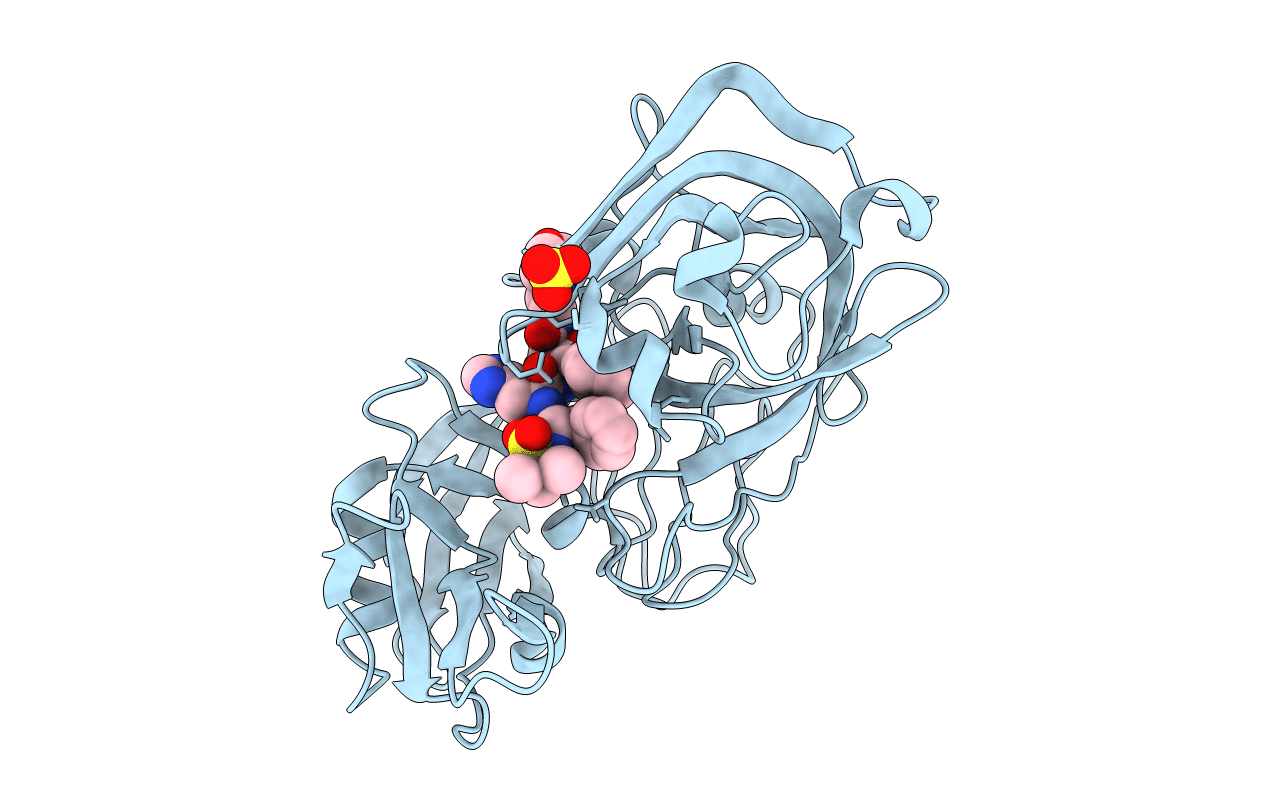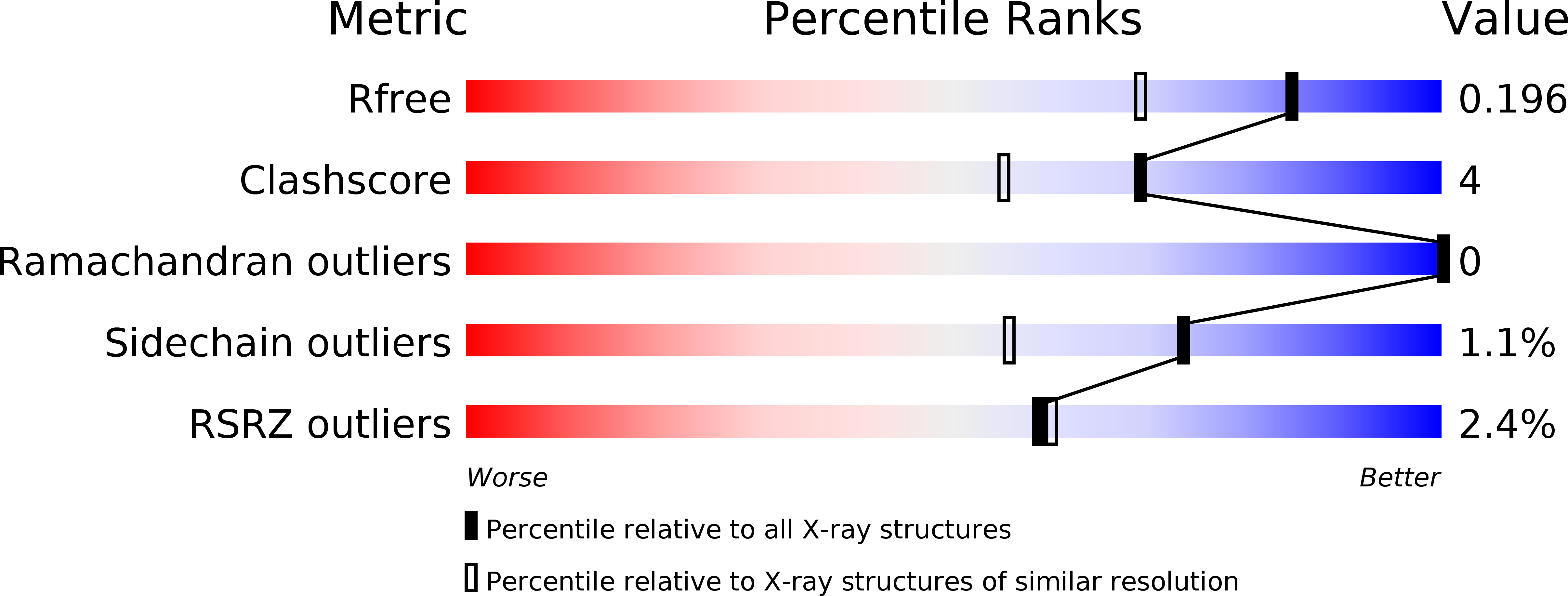
Deposition Date
2008-04-09
Release Date
2008-05-27
Last Version Date
2023-11-15
Entry Detail
PDB ID:
2JJI
Keywords:
Title:
Endothiapepsin in complex with a gem-diol inhibitor.
Biological Source:
Source Organism:
CRYPHONECTRIA PARASITICA (Taxon ID: 5116)
Method Details:
Experimental Method:
Resolution:
1.57 Å
R-Value Free:
0.19
R-Value Observed:
0.15
Space Group:
P 1 21 1


